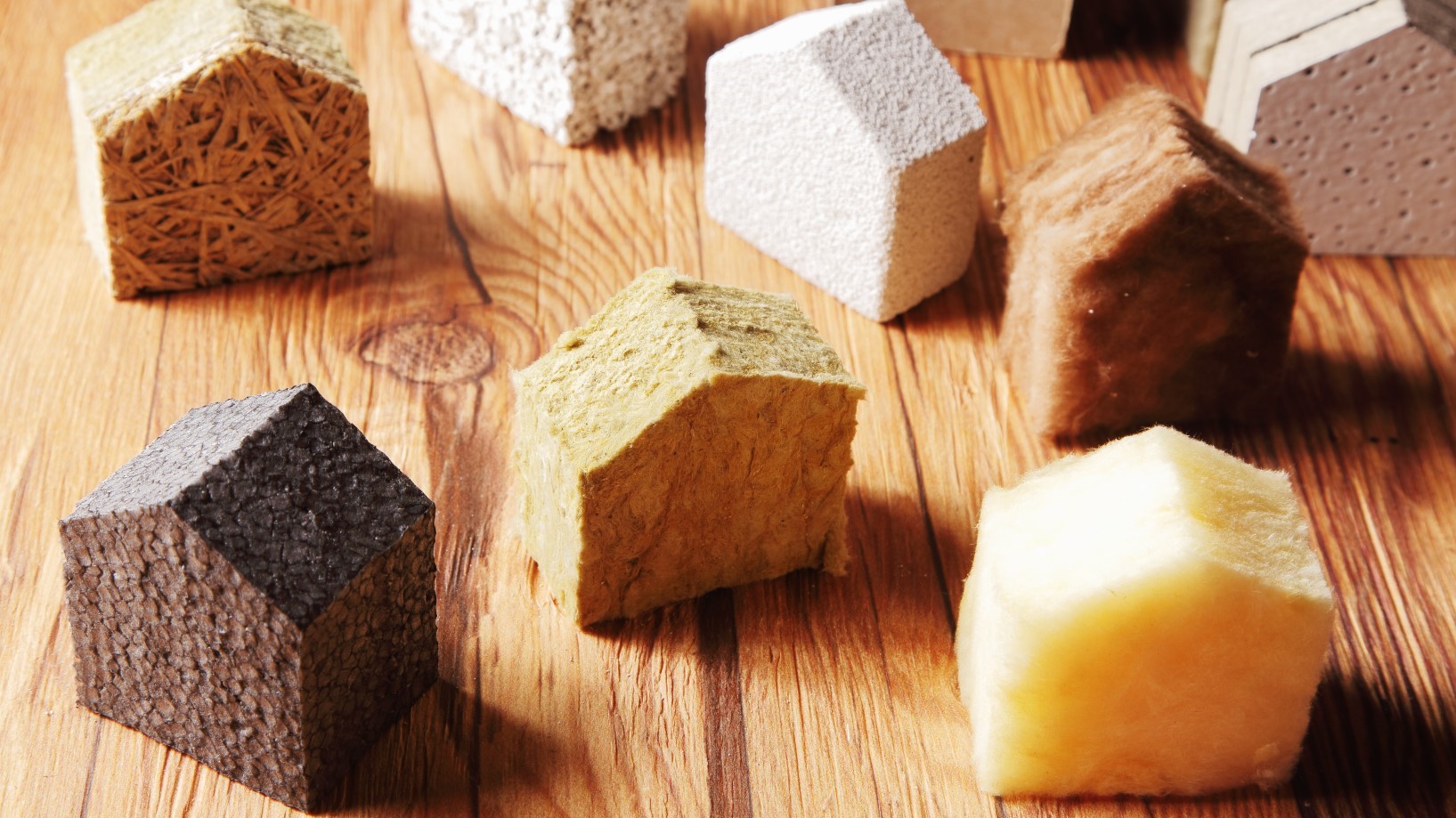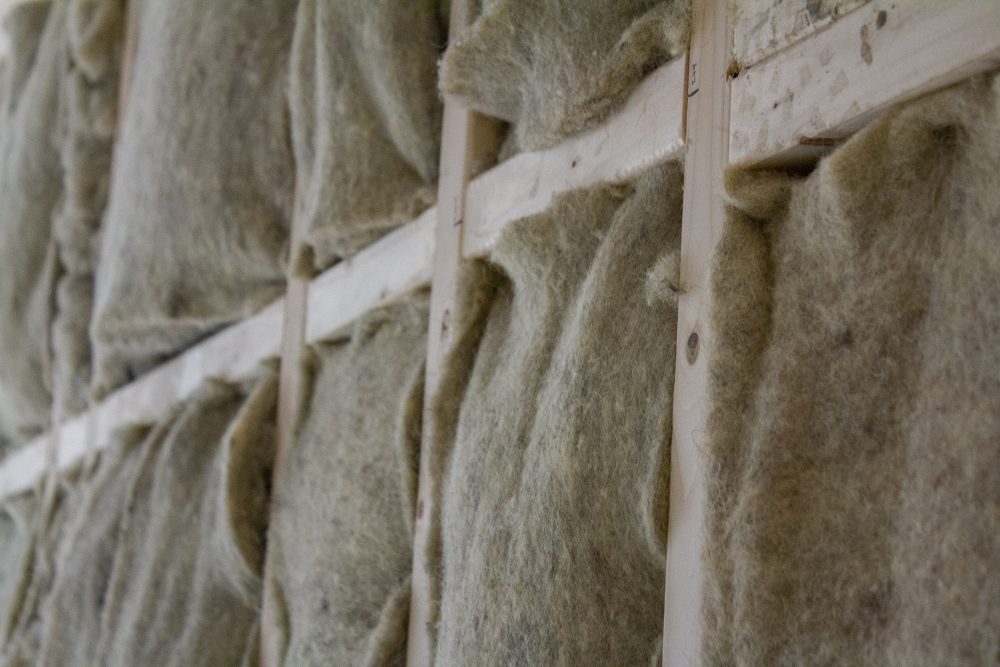Insulation options for your Tiny House
For this third construction blog I once again had a conversation with Jan-Willem van der Male, from Tiny House Academy. After he previously shared his knowledge with us about the possibilities in building Tiny House foundations and how to build a timber frame construction for a Tiny House, this time the passionate architect explains the principles of insulation.
The idea is simple: “Insulating a Tiny House can actually only be done in two different ways: Vapor-open or vapor-tight.” But consider these options carefully before making a decision. Jan-Willem: “Some materials are better suited for vapor-open constructions and others for vapor-tight constructions. In the end it is a matter of personal preference, one form of insulation is not better than the other.”

Vapor-open
With a vapor-open construction the idea is that the construction structure is increasingly “open” from the inside to the outside. For example: you start with plywood on the inside, followed by the construction frame with insulation in between, vapor-permeable foil, air cavity and facade finish.
Jan-Willem explains the advantages: “The advantage of this form of insulation is that your house can ‘breathe’, as it were. Moisture, especially water vapor, can find its way out through the construction and insulation. This is an interesting quality for tiny houses, because there is a relatively large amount of moisture in the house. Of course you always have to ventilate, but it certainly is a plus that the wall structure also regulates moisture. For the less experienced self-builders, this form of insulation is more “forgiving” than vapor-proof construction. If you have a hole or a small crack somewhere, it will not immediately cause moisture problems.”

Vapor-proof
Building vapor-proof is also an option. Jan-Willem explains: “On the warm side (inside) of the insulation, carefully apply a damp-proof foil. Additional attention is needed to properly close the seams, for example with tape. A vapor-open foil is used on the cold side. ” With a vapor-proof construction it is important that the moisture in the house is removed by mechanical ventilation. The (heat-recovery) systems often ensure efficient ventilation, heat and moisture balance. A disadvantage of this approach is the fact that the balance is disrupted when you open a window.”
Insulation materials
There are many insulation materials on the market. They can be divided into 3 types: chemical, inorganic and organic. Almost all types of foam (for example polyurethene and polystyrene) are a form of chemical insulation and must be used vapor-tight. Inorganic materials are the well-known rock wool and glass wool.
All organic materials, also called bio-based, are natural products. The list continues to grow. Some examples are: Flax, hemp, sheep wool, cellulose (paper flakes) and cotton.
An extensive list of insulation materials with their insulating properties can be found here..



Calculation of the insulation value
You calculate the Rm value, or the insulation value of the material, by dividing the thickness of the material by the value for thermal conductivity (Lambda value). Jan Willem adds: “All types of materials have a value for heat conduction. The lower the Lambda value, the better the insulating effect. Any manufacturer can provide you with the lambda values of their products.”
The insulation value (Rc value) of a wall is the complete layer structure of different material types. That is why you can also include the cavity (stagnant air) and facade. “With the Rc value of a wall, you also have to take the construction into account. This protrudes every 600mm through the insulation and thus forms a different (lower) Rc value. You have to take the average of m2 of insulation + m2 of construction. That is your final calculation value for a wall. According to the Dutch Building Decree, the calculation value for regular housing may not be lower than 4.5 m2 K/W for a wall.
Do you want to learn more about insulation? Go to the Tiny House Academy teaching module. There you will also find an insulation matrix with more than just lambda values and you will receive an explanation about different types of foils and how to deal with ‘thermal bridges’, such as the wooden construction in the framework.


Leave a Reply